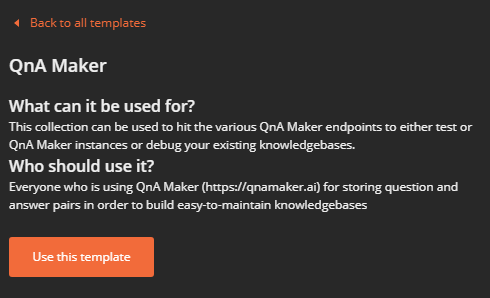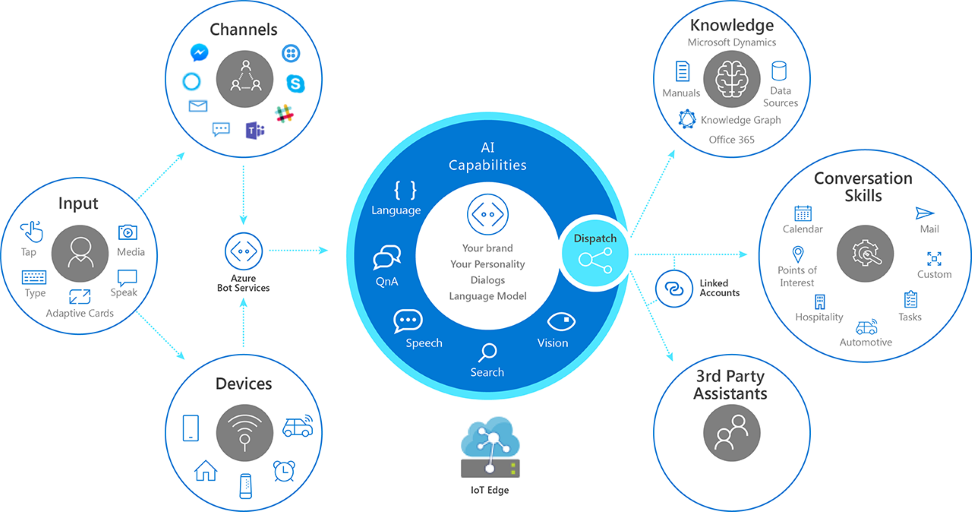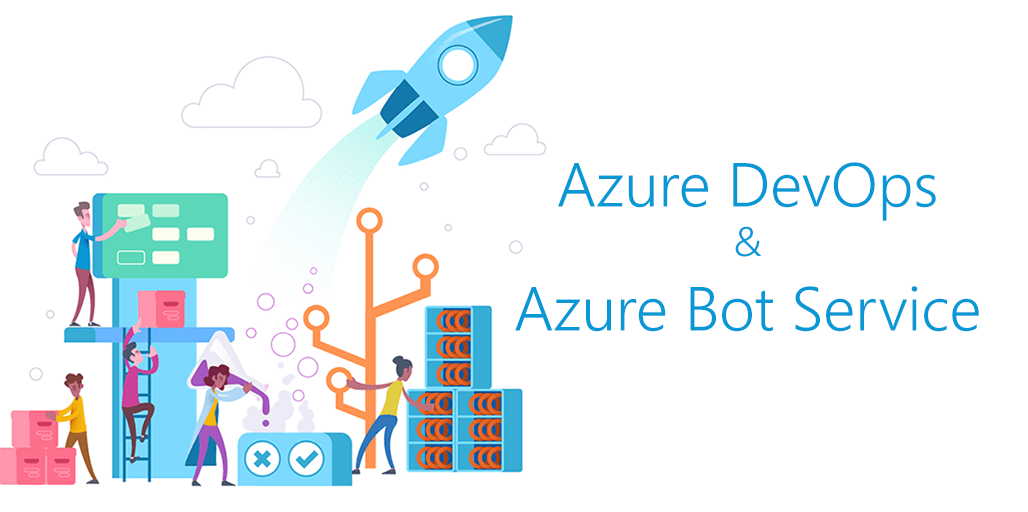The Starting Position Nowadays, styling is a hot topic. If it looks good - I’ll use it is often the mindset of users. So it’s very important to offer something very good-looking to be successful with what you do. And so it is with bots. The Microsoft Bot Framework team did a pretty good job in styling the webchat component which is looking pretty good out of the box: But companies often have the need to apply their CI/CD guidelines on whatever they use.
Problem statement Imagine this: You are working on a Bot Framework bot and want to implement human handoff to give users the option to have a conversation with another human being if the bot is not able to answer the user’s questions. Now there are many good samples out there for channels like Microsoft Teams for example which demonstrate how to bring in a human into the loop. But I was trying to find a way to tell the webchat control (via DirectLine) that a given point in the conversation it should do something (escalate to an agent).
As I teamed up with Albert-Jan Schot , Rick Van Rousselt & Thomas Gölles to create a project called SelectedTech , where we discuss and share our knowledge on Office 365/Teams/SharePoint & Bots and record that as webinars, we had the idea of doing something which would be a cool way of helping others with one of the Cognitive Service APIs - QnA Maker . The idea was to create a Postman collection which we’ll share later on, to bundle all API endpoints for the QnA Maker to easily test and debug the API.
As every year, Microsoft is hosting it’s Build conference again in Seattle aiming at showing the world all news around the latest developer tools and tech. As there is a ton of news, as usual, this blog post should give you an overview on the news and infos on the Conversational AI announcements at Build:
Bot Framework Adaptive Dialog | docs | C# samples :: Simplify the development of sophisticated dialogs by dynamically updating as the conversation unfolds.
This post is something I wanted to do for a long time already. In my opinion, the topic of CI/CD can be very beneficial in terms of easier deployments and delivery of solutions. That is why I decided to run through the process of a creating a CI/CD pipeline for an Azure Bot Service based on Azure DevOps which I want to share with you with this post.
Preparation First of all, we need to prepare a couple of things before we can actually start building our CI/CD pipeline:
I’m super excited to announce something I have been building for a couple of months now. I teamed up with Matt Wade and Niels Gregers Johansen who are the initiators of the Periodic Table of Office 365 to build the Periodic Table of Azure Cognitive Services .
This table should help to understand which Cognitive Services are currently out there, including the following:
Categorization Preview status indicators Links to the product pages As this is the first version for this kind of table, there will be more features in later releases, including description pages.





